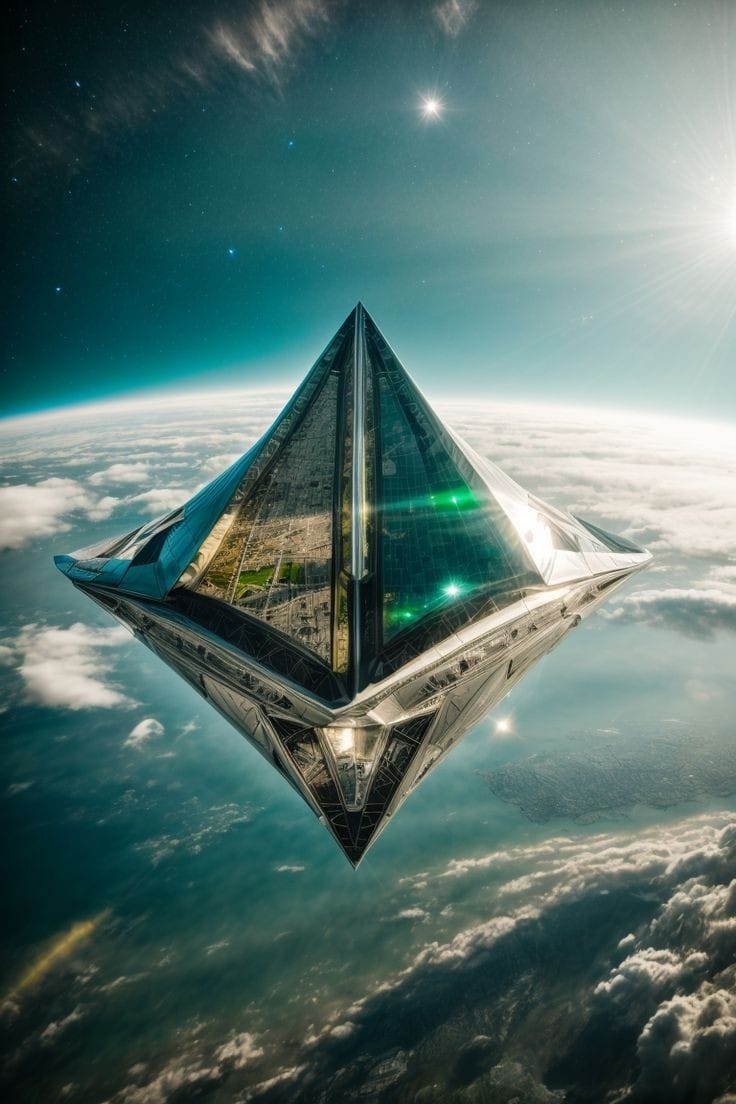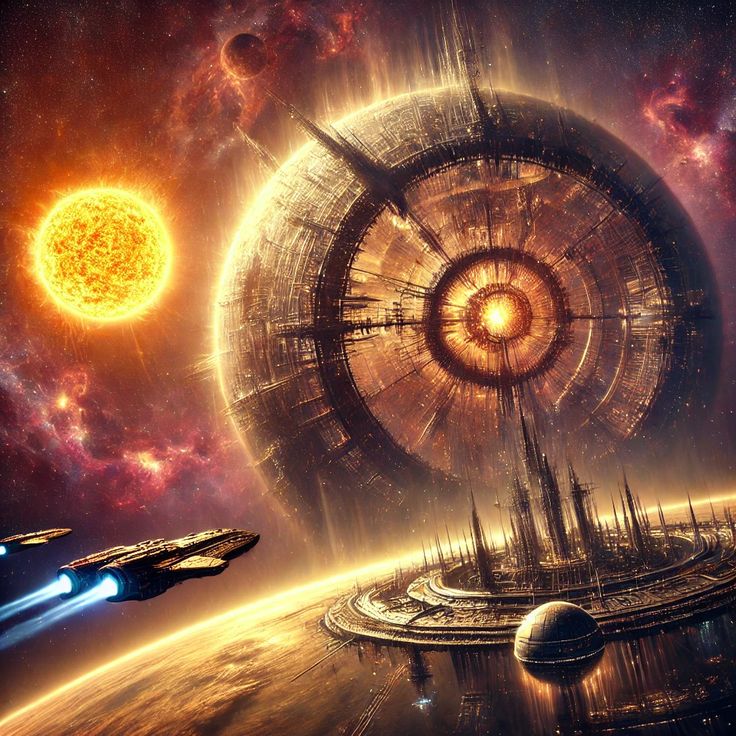Touching the Cosmos: The Dawn of Space Tourism.
Space tourism is no longer just a concept appearing in sci-fi movies; it is one of the highly anticipated experiences that gives a chance to travel beyond the boundaries of Earth. Just imagine seeing Earth from outer space, feeling zero gravity, and witnessing the vastness of the cosmos firsthand. This was once a dream for the general public and only reserved for astronauts and scientists. It is now an economy destined to expand as a result of the technological advancements and the efforts of private firms.

By the turn of the 21st century, we entered the era of space tourism as we currently understand it. The first notable leap was Dennis Tito, an American engineer and multimillionaire who became the world’s first space tourist. A U.S.-based company that facilitates space travel, paid him $20 million in 2001 to take a seat aboard the Russian Soyuz spacecraft. Tito spent 128 trips around the Earth in just over eight days, proving that space travel was no longer the province of government astronauts. It opened doors for other rich people to do the same, creating the basis for the industry. It was not an isolated event. The project had been built on decades of exploration dating back to the Cold War.



For Yuri Gagarin of the Soviet Union, 1961 is a milestone in human space exploration for the first human to orbit the Earth. Not long after, the U.S. got involved in its space programs, such as Project Mercury, which was to study the capability of human survival and performance in space. All these pioneering efforts formed the basis for human spaceflight and ultimately commercial ventures.
The next wave of space tourism is being driven by private companies, who want to make it more accessible and sustainable today. The development of spacecraft able to accommodate civilians on suborbital and orbital flights is taking place with organizations such as SpaceX, Virgin Galactic, and Blue Origin. Sir Richard Branson's Virgin Galactic offers tourists a couple of minutes of weightlessness and incredible views of Earth from suborbital trips aboard its SpaceShipTwo.




Meanwhile, SpaceX is blazing new trails in longer journeys, including lunar missions. These advancements are a new story for space travel. It’s no longer just about national pride or scientific discovery, it’s an industry built to feed curiosity and adventure, or even leisure. Blue Origin’s vision of orbital hotels, which would function as both scientific research hubs and tourist destinations highlights this transformation.




Space tourism has high potential, but it must overcome many problems. There is one problem that is far more pressing than all of the rest, which is cost. A ticket to space now costs anywhere from hundreds of thousands to millions of dollars and is only affordable to those who are extremely wealthy. Safety remains another big issue. Inherent to any spaceflight is the risk of mechanical failures, and the physical toll on passengers. Along with the negative environmental impact of rocket launches, namely their carbon footprint, sustainability is also being questioned. However, they have not dampened enthusiasm for the industry. Companies are spending money to innovate to decrease costs, improve safety, and minimise environmental impact. Polices are being crafted by governments and international organizations to govern this emerging sector responsibly.



There are great things to come in the future for space tourism. With the advances in technology and economies of scale, it is expected that costs will decrease, and that space travel will become more accessible. It's hard to imagine a world where people can spend the weekend in a space hotel or see Earth from orbit as they do in an exotic vacation spot. These possibilities represent humanity’s emergence from an era of space as a frontier and towards space as a destination of experience and inspiration. But now, with space tourism on its doorstep, we stand on the edge of a new era, proof positive that the extraordinary can become the real thing.



Innovation and collaboration have accomplished the journey from the first human spaceflights to a commercial industry. Despite the challenges, the potential rewards to individuals and the human race writ large are boundless. The stars, it seems, are no longer out of reach.
